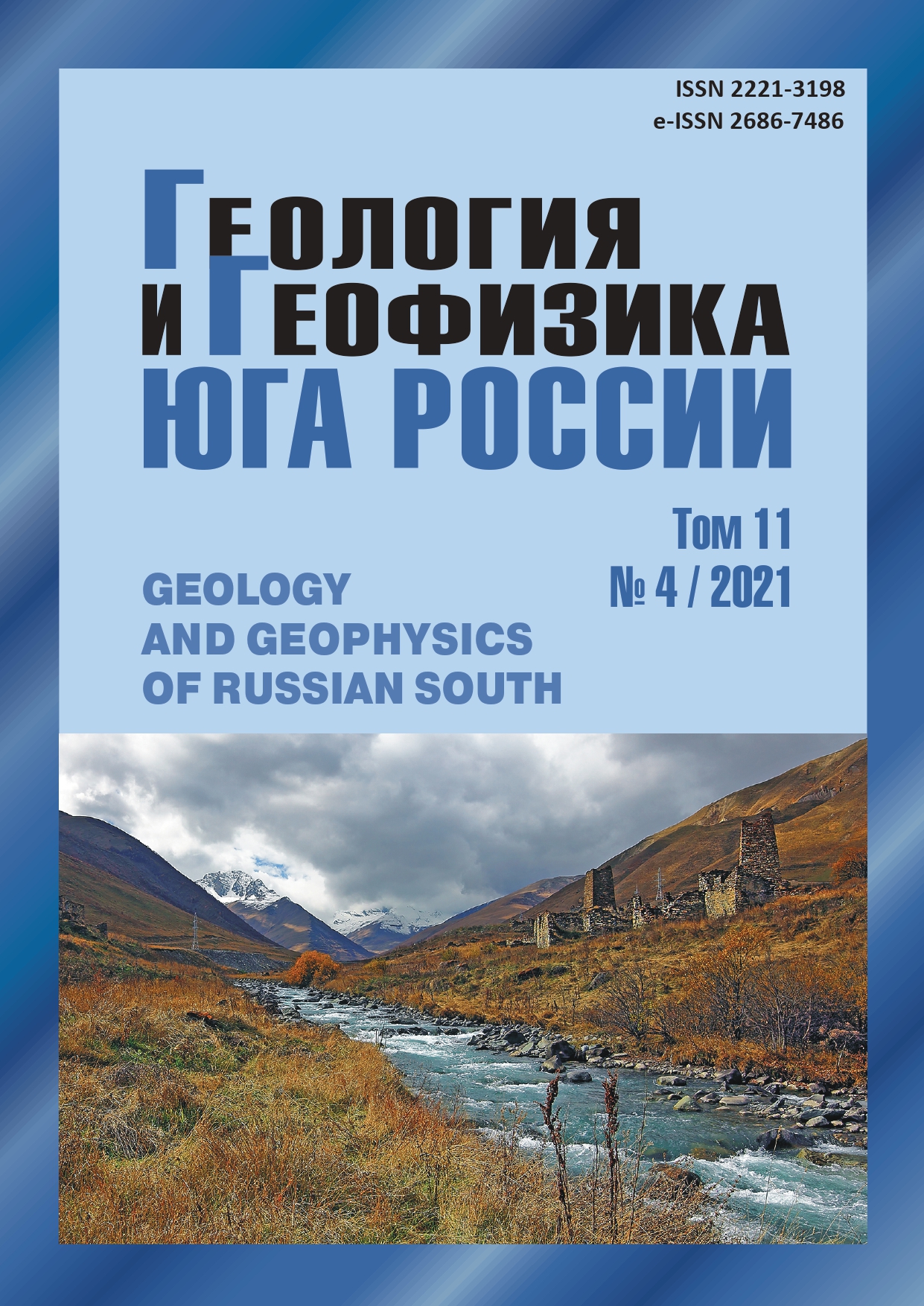Development of cancerogenic risk index maps for the territory of Vladikavkaz
Abstract
Relevance. In recent years, there has been a significant increase in the population, which is matched by the accelerated rate of industrialization. This is accompanied by increasingly significant pollution of the environment with heavy metals. For many years, the mining industry has made the greatest contribution to the environmental pollution of the Republic of North Ossetia – Alania, non-stationary sources have recently joined as an equally significant source of pollution. Heavy metal pollution poses a serious threat to public health and the environment due to its toxic nature. Aim. The development of maps of the spatial distribution of pollutants is the basis for assessing the level of environmental pollution. The aim of this study is to develop maps of the carcinogenic risk index and to establish its relationship with the incidence of cancer in the population. Methods. In the process of creating maps, interpolation methods are used, since the number of samples and measurements of the content of harmful substances in a particular environment is usually very limited. According to foreign studies, for most of the commonly used interpolation methods, equally high accuracy is provided. In the present work, we used the method of the inverse weighting of distances for calculating the indices of carcinogenic risk. Results. The material on the incidence of malignant neoplasms in the population in various districts of Vladikavkaz was selected. The main share of newly registered malignant neoplasms falls on the age groups over 60 years old. The analysis of cancer morbidity showed that in those areas of Vladikavkaz where the level of environmental pollution is higher, the indicators of cancer morbidity are also higher. The calculation of the risk index for public health under the influence of chemical substances polluting the environment has been carried out. For all the studied indicators, there is a significant excess of the maximum permissible values, with the exception of mercury. The obtained data on the high level of carcinogenic risk is consistent with the high level of cancer incidence in the city; it indicates a close relationship between the incidence and the carcinogenic risk index.


